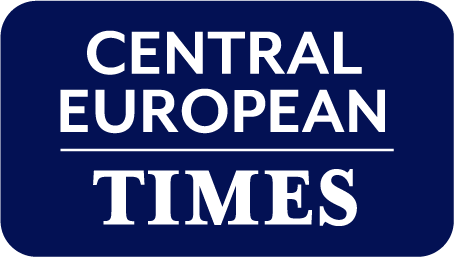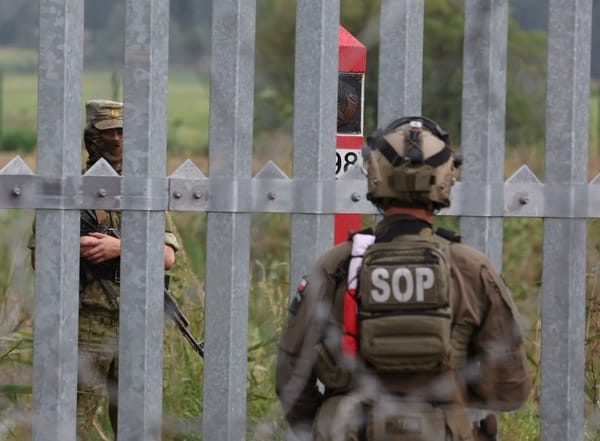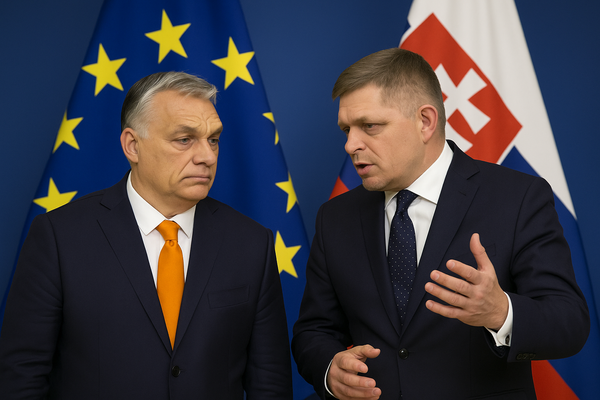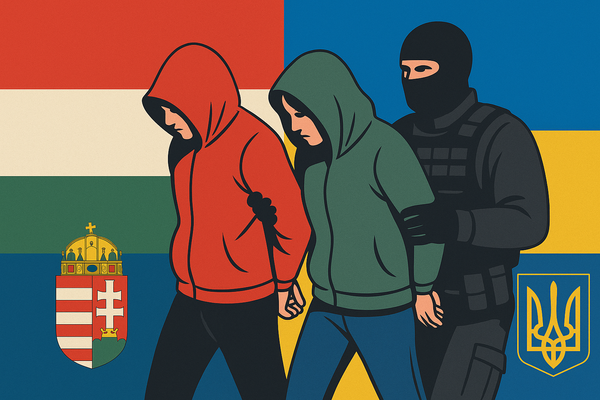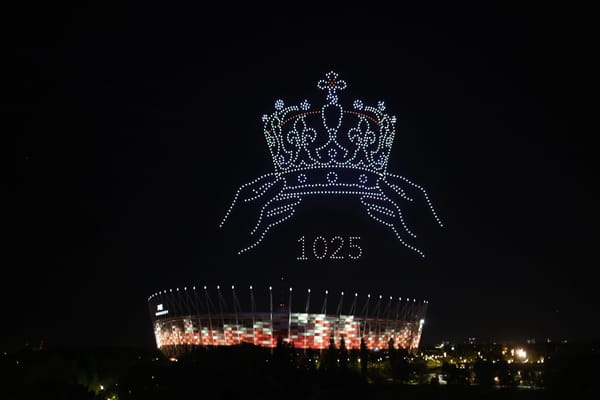
Poland FM backs Ukraine, but rejects EU army idea
Polish Foreign Minister Radoslaw Sikorski stressed the necessity of European involvement in any peace talks involving Russia and Ukraine, at a meeting in Paris on 12 February, arguing that a fair deal with strong security guarantees is essential for lasting peace.
Poland inks open letter with other major EU powers
Sikorski’s stance was formulated along with his opposite numbers in France, the UK, Germany, Poland, Italy, Spain and the European Commission (EC), who discussed defence strategies and plans to support Ukraine. Sikorski later shared the statement from the meeting of the so-called “Weimar Triangle” (France, Germany, and Poland) and Italy, Spain and the UK.
The European foreign ministers thus met in a state of shock, as US Defence Secretary Pete Hegseth had told a security conference that restoring Ukraine’s pre-2014 borders is “unrealistic” and ruled out NATO membership for Ukraine.
The US’s position, coupled with US President Donald Trump’s recent call for immediate negotiations with Russian President Vladimir Putin, has shocked European diplomats and intensified concerns in Poland.
The prospect of immediate peace talks between Trump and Putin has sparked concern from the government of Polish Prime Minister Donald Tusk, who fears that any deal bypassing European nations could compromise Ukraine’s sovereignty and the broader security of Central and Eastern Europe (CEE).
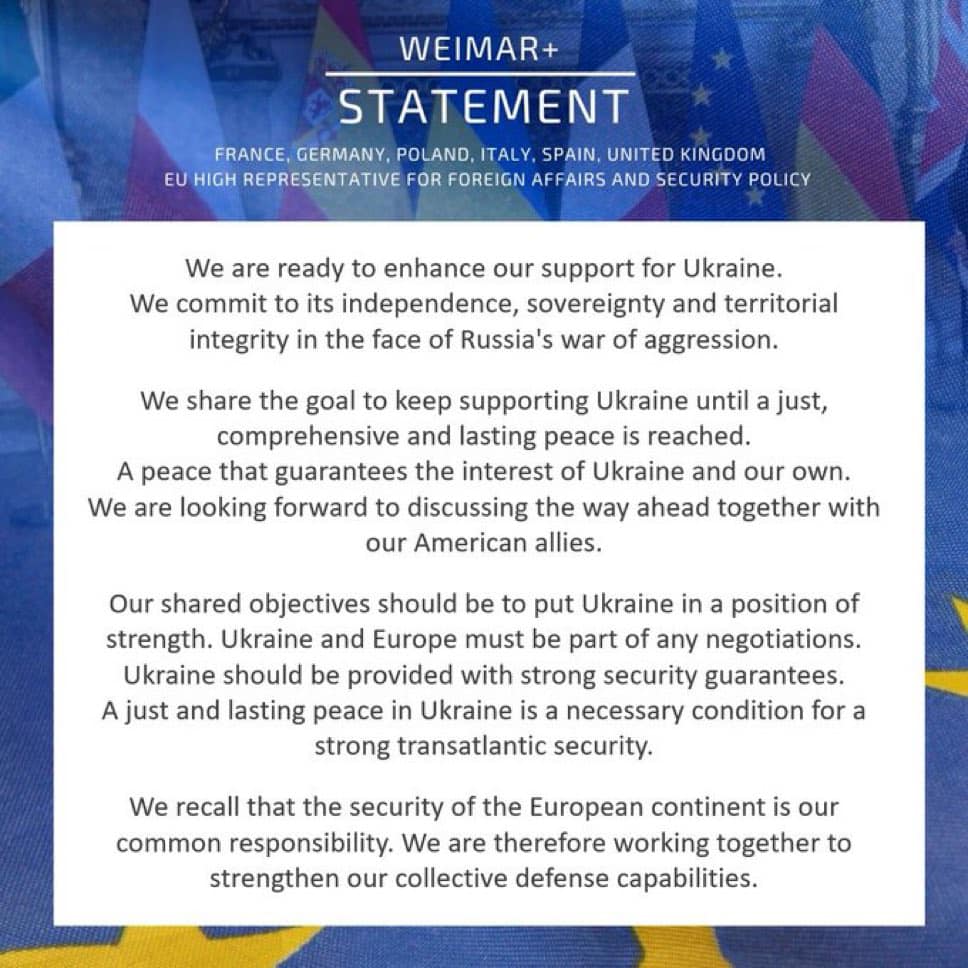
Sikorski rejects idea of pan-European army
On 15 February, Ukrainian President Volodymyr Zelenskyy proposed the formation of a European armed force, the day after Ukrainian Prime Minister Denys Shmyhal had written that Ukraine’s experienced military could form the spine of a common European army.
However, the Polish foreign minister was unmoved by Zelenskyy’s proposal, saying the unification of the national armies of European countries is unworkable, on Polish channel TVP World later that day.
Sikorski said “If you understand by it the unification of national armies, it will not happen. But I have been an advocate for Europe, for the EU, to develop its own defence capabilities.
If the US wants us to step up in defence, it should have a national component, a NATO component, but I also believe a European EU component, EU subsidies for the defence industry to build up our capacity to produce, but also an EU force worthy of its name,” Sikorski added.
Poland as major European military power
Poland has increasingly positioned itself as a key defence power within the EU, significantly expanding its military capabilities in response to heightened security threats from Russia. The Polish government has launched a military modernisation programme, acquiring advanced weaponry, expanding its armed forces, and deepening defence cooperation with NATO allies.
The country has become one of the largest military spenders in Europe, with defence expenditure exceeding 4% of GDP, one of the highest in NATO, and has invested heavily in US-made weaponry. Jim Townsend, former deputy assistant secretary of defence for European and NATO policy, said Poland could potentially have the strongest army in NATO after the US, following the US State Department’s approval of a USD 12bn sale of 96 Boeing-made AH-64E Apache attack helicopters to Poland. These helicopters will complement Poland’s acquisition of Abrams tanks.
Beyond hardware acquisitions, Poland is also strengthening its domestic defence industry, with state-owned firms such as Polska Grupa Zbrojeniowa ramping up production of military equipment and expanding cooperation with international defence contractors, to enhance Poland’s military self-sufficiency and contribute to European security.
Poland’s “East Shield” project, announced in May 2024, is expected to be operational by 2028 at a cost of EUR 2.3bn. These fortifications are part of NATO’s broader strategy to strengthen its eastern presence amid escalating tensions with Russia. This includes constructing military fortifications, barriers, and surveillance systems to deter potential aggression from Russia and Belarus. The East Shield aligns with broader NATO efforts to reinforce the alliance’s eastern flank, ensuring regional stability and resilience against external threats.
Poland has also pushed for greater EU defence integration, advocating for a stronger European security architecture that complements NATO and has been instrumental in pushing for increased EU defence funding and joint military exercises to formulate a coordinated European response to security threats from Russia. Poland’s growing military might and proactive stance in EU security discussions have cemented its status as a key player in European defence, ensuring that its voice remains influential in shaping policy.
Russia: longtime foe of Poland
Poland’s apprehension stems from earlier Russian expansionism in CEE, as well as its geographical proximity to Ukraine. The possibility of a US-Russia deal that excludes European interests and weakens Ukraine’s territorial integrity is particularly alarming for the Tusk administration. In response, the Polish premier has planned meetings with EU, UK and NATO leaders to ensure European voices remain central in shaping any potential settlement.
Tusk underscored his commitment to Ukraine’s sovereignty, writing on Facebook: “All we need is peace. A JUST PEACE. Ukraine, Europe, and the United States should work on this together. TOGETHER.” His administration has consistently advocated for a robust NATO presence in CEE as a deterrent against Russian aggression.
With the US now appearing to de-emphasise NATO expansion and shift towards a more conciliatory stance with Russia, Poland is seeking stronger security guarantees from European allies. Discussions are underway on enhancing defence cooperation and ensuring that any peace agreement does not undermine the security framework of the region.
